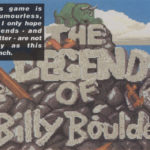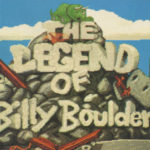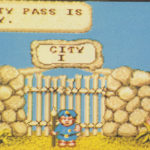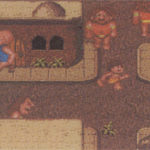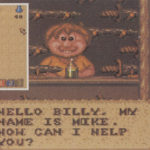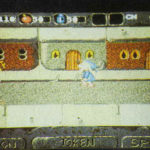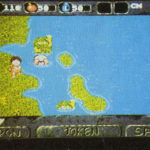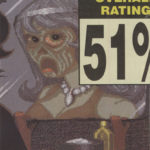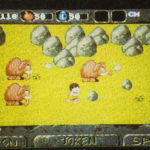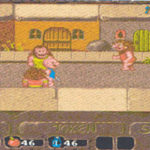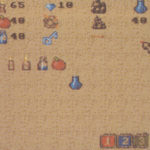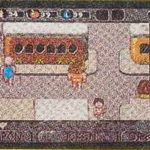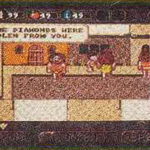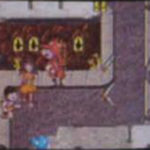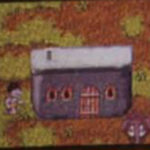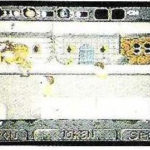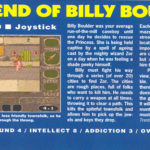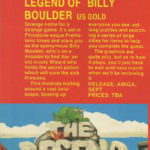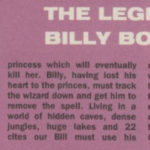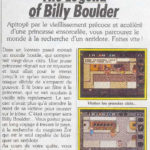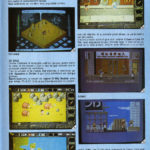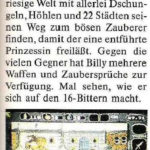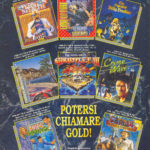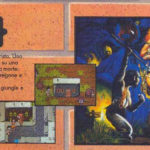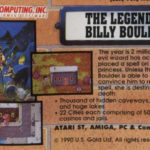1990 U.S. Gold
Platform: C64, Atari 400/800, Commodore Amiga, Atari ST and PC
Our next entry into the archives was thought to have been both a C64 and Atari 800/400 development for Databyte back in the 1980s. Billy Boulder was flagged up to us by developer Ron Rosen in late 2022, a game that was in fact seemingly due for release on Amiga, ST and PC – but in a bizarre twist, it was indeed also an 8-bit title too after all.
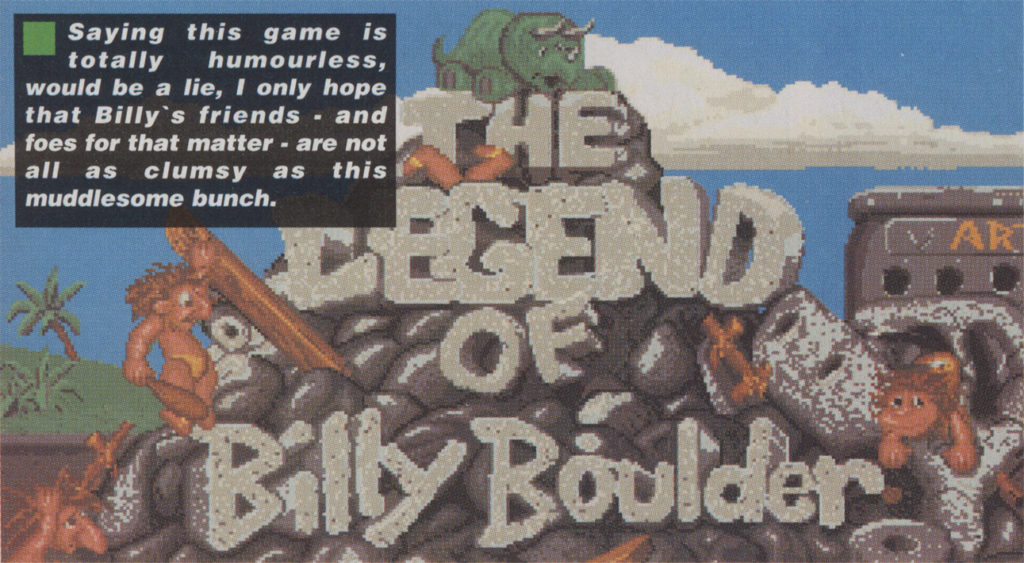
The game was known in full as The Legend of Billy Boulder, and had artwork created by Art Huff, who worked on a number of Atari 8-bit and C64 titles during the 1980s. Previously, Art had worked on a game called Adam Caveman, which was also never released.
Ron explained how Adam Caveman was named after Art’s son Adam, and it was the same for Billy Boulder, named later after Art’s other son – Billy. Billy Boulder seems to be some kind of spiritual follow-up to the 1984 Databyte game, as it has that same Flintstones theme to it. However, whereas Adam Caveman was a fairly simple platformer, The Legend of Billy Boulder was something far more complex.
When previewed in Commodore User Amiga, they set the tone and story line for the game:
“Set in 2 million years BC, an evil wizard has cast a spell on a princess which will eventually kill her. Billy, having lost his heart to the princess, must track down the wizard and remove the spell. You must navigate across a world of hidden caves, dense jungles, lakes and visit 22 cities – where Billy must use magic and a series of weapons to unearth clues to find the wizard.
Within each city, there are thousands of enemies trying to cheat, steal and deceive Billy, and only you can help him complete his quest.”
Each City was constructed in a maze-like form, where you had to visit shops, jails, casinos and important people to get items/clues from, as well as details of how to reach the next city. You need to be careful of some of the locals, who will try and kill you – so you must try and carry a weapon at all times to protect yourself.
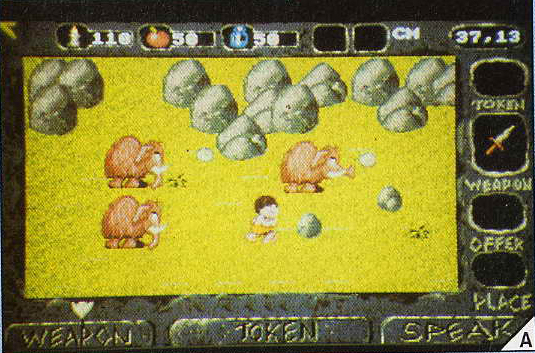
The game is played from an overhead 2.5D viewpoint and featured jolly and cartoony graphics overall. The intro sequence in particular was cited as being very impressive, with a feel of ‘Flintstones’ about it, however when it came to the actual game, it was a different story unfortunately.
Both Amiga Action and Amiga Format would review the game, giving scores of 51% and 68% respectively. The reviewers felt that although the intro was impressive, the game itself got dull and boring fairly quickly. Even though there was certainly plenty to do, the game just wasn’t exciting enough.
It isn’t certain if these average scores affected the game being released, but the game just disappeared after this point – appearing only in sales lists for all three platforms. There has been no evidence to suggest that the game ever saw a release on any platform, with a number of sites marking the title as missing in action.
The most prominently featured version was the Amiga edition too, asking the question of whether there was any ST or PC version in existence at all. But if the game was never released, then why would this be? U.S. Gold have certainly released far worse games.
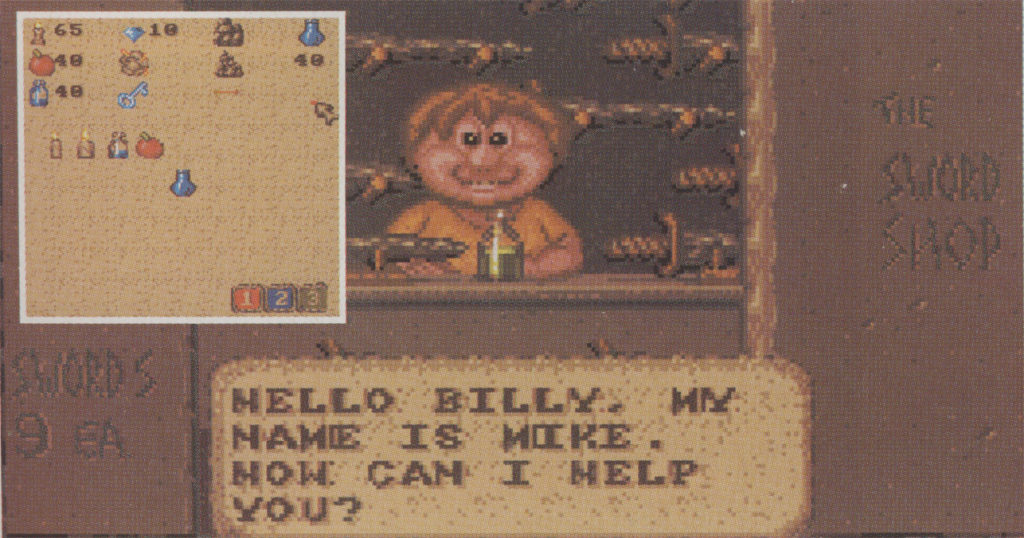
Ron Rosen unfortunately didn’t know why the game never saw release, but also knew nothing of the Amiga, ST and PC editions that were in development, and was surprised when screens were shown to him. Ron explained that he had actually developed both Atari and C64 editions of the game. After showing a scan of the Amiga review, he confirmed it was indeed the same game and that he had nothing to do with the new version.
Memories over time have started to fade, and all that Ron could recall was that Geoff Brown from U.S. Gold had paid him and Art for the development on the 8-bits. We’re not sure on exact dates, but it was likely between 1985 and 1987. It isn’t known why the game was never released on the 8-bit platforms either, and nothing seems to have ever been revealed in the press – even though Ron confirms that the game was complete on both platforms.
So, how did a new development for 16-bit platforms come about? Ron suggests that Geoff was likely behind the decision to resurrect, but then wasn’t convinced that Art was involved. He spoke with Art every day for probably around 30 years, and never heard about the 16-bit editions.
It is indeed plausible that Art was particularly attached to this game design, and arranged to have it resurrected with U.S. Gold and with a new team involved. We get a clue that Art was possibly involved on these newer editions, as the name “Art” is listed on the loading screen as a building/shop logo. This is unless someone replicated the 8-bit loading screen and just copied what was on the building.
Sadly we learnt from Ron that Art had passed away a few years ago, so this closes one avenue in the hope of finding out more about the developments. As a result, there is still plenty to learn about this title (and its 8-bit editions). If you know anything more – please do get in touch and try and help us preserve these lost works from both Art and Ron.
With thanks to Karl Kuras for originally highlighting a long time ago, Stephen Stuttard, Hall of Light, Abandonware Magazines and Archive.org for various scans and Ron Rosen for confirming details.
